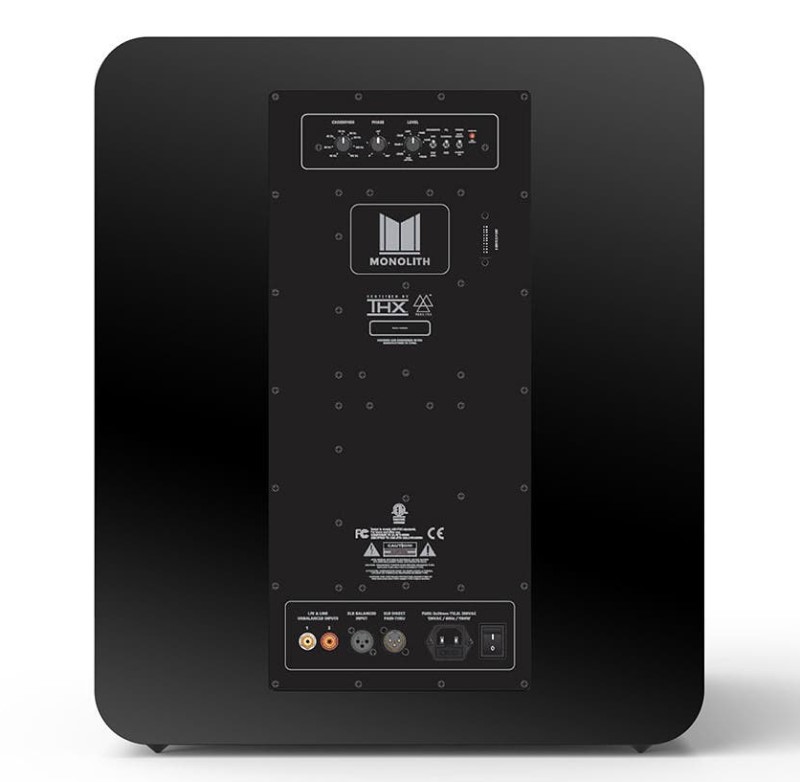What Is The Difference Between the “Bass” and “Subwoofer” Controls?
AV receivers have tons of controls. When you first set everything up, you probably connected your sources and speakers, ran your room correction, and maybe messed around with the different sound modes. Now that you’ve lived with your system for a while, you’ve started exploring some of the deeper menus and the weird buttons on the remote. You’ve come across two different controls, bass and subwoofer. Aren’t those the same thing? Didn’t you buy a subwoofer and set all your speakers to small so that it could handle all the bass? What gives? Let’s discuss.
Disclaimer
Before we get too far into this discussion, we need to make clear that AV receivers handle these controls slightly (and sometimes majorly) differently. Some have buttons on their remotes for these controls, some don’t have one or both of them. Even from the same manufacturer, different receivers in their lines might handle these controls differently. We are going to address what they do in general. Your results may vary.
Are Bass and Subwoofer Controls Different?
As you might have guessed, they are. The labels suggest that they are controlling the same thing, but they do it in different ways. The subwoofer control differs from the bass in that it controls the subwoofer volume directly. This is analogous to going to the subwoofer and adjusting the volume knob. Some AV receivers will have global subwoofer controls (affects the subwoofer volume across all sources and sound modes). Others will only apply to the current source. Some will remember your subwoofer setting between listening sessions (powering off and on the AV receiver). Others will go back to whatever setting your room correction delineated.

The bass control doesn’t just adjust the volume on your subwoofer. Instead, it is much more akin to your legacy tone controls. This applies an EQ to your bass that will apply to any speaker that is recreating those frequencies. If you turn the bass control up, any speaker that is playing content that it considers “bass” will be affected. This could be all or just some of your speakers. It will definitely include your subwoofer.
The problem with bass controls is that it is a little unclear what exactly it is doing. Is it affecting all bass frequencies equally or just some? What does it consider “bass?” How much EQ does it apply? We don’t know. But that doesn’t mean you can’t play around with these settings.
When Might You Use the Subwoofer Control
For people that worry about bass bothering other people (family or neighbors), subwoofer controls can be invaluable. Subwoofer controls can quickly and easily reduce the output of your subwoofer when you are worried about excessive bass. We see this control most useful for reducing the volume of your subwoofer in these situations.
But for bass-heads, subwoofer controls can also be valuable. Do you have a friend you want to impress? Bump up the subwoofer control volume a handful of dB. Maybe you just like a lot of bass and love the feeling of your subwoofer hitting? You can goose the volume when you are alone and reduce it when your less bass-loving family are with you. The subwoofer control gives you direct volume control without having to leave your seat.
When Might You Use the Bass Control?
Since the bass control affects all your speakers, it has fewer direct uses than the subwoofer control. Bass controls are helpful when you have content that seems to lack low-end impact. Got some older recordings that don’t seem to have any bass? What about an older TV show you are trying to stream? Bass controls can help boost the bottom end to make things sound more natural. Without knowing exactly what the bass control is doing, it’s hard to recommend using it for anything other than adjusting for personal preference.
Wrap Up
Before you start adjusting either the bass or subwoofer controls, take note of their starting point. You’ll want to be able to return them to their default setting if your AV receiver doesn’t do that automatically. The biggest “danger” is forgetting to reset them and thinking that something is wrong with your system. It is important to note that these controls are fairly safe to play around with. You are unlikely to break anything as long as you don’t boost them both to maximum and then play your system as loud as possible. Experiment and have fun!


